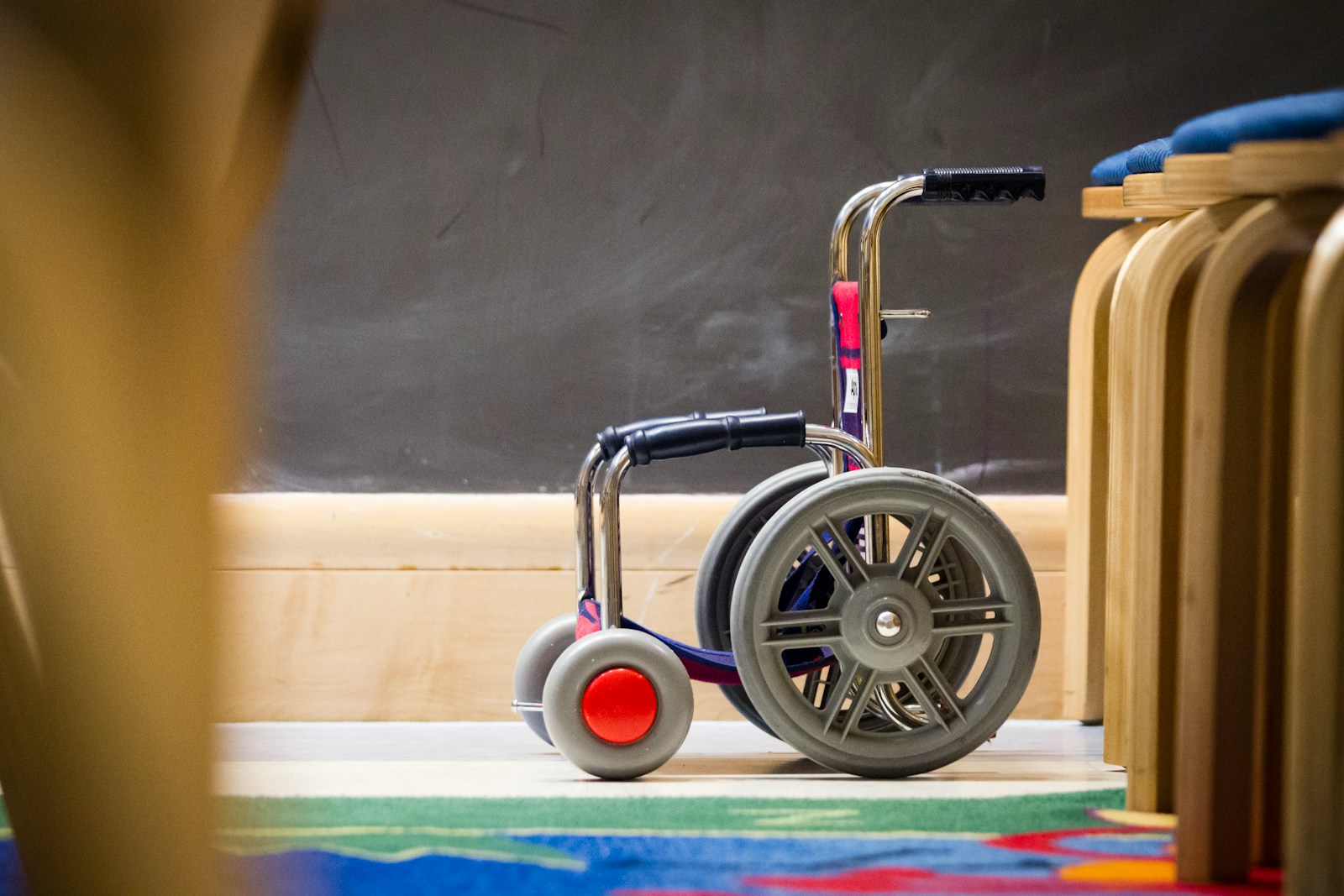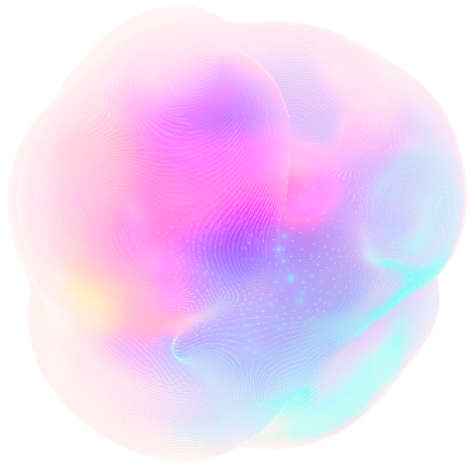Insider Brief
- Genethon researchers have developed AI-designed capsids that specifically target muscle tissue while avoiding the liver, improving gene therapies for neuromuscular diseases.
- The new capsids reduce the required doses of gene therapy vectors, lowering the risk of side effects and production costs.
- This breakthrough could lead to more effective and safer gene therapies for neuromuscular diseases like Duchenne and limb-girdle muscular dystrophy.
PRESS RELEASE — Genethon, the pioneering French laboratory and leader in the research and development of gene therapies for rare diseases, announced publication in Nature Communications of an article describing the use of artificial intelligence (AI) in designing a new generation of capsids, the structures that envelop genetic material of adeno-associated viruses (AAV), to improve gene therapies for muscle diseases.
The new capsids effectively target the muscle and avoid the liver, while reducing the doses of vectors required. These results pave the way for more effective gene therapies for neuromuscular diseases, while reducing the risk of side-effects and production costs.
The article, in the September 11th issue of Nature Communications, is titled “An engineered AAV targeting integrin alpha V beta 6 presents improved myotropism across species.”
“The era of gene therapy for neuromuscular diseases has begun, and the complexity of these diseases requires us to constantly innovate to improve drug candidates targeting muscle. The new generation of gene therapy vectors we have designed is a game-changer in terms of efficacy and safety. It is currently being tested for various neuromuscular diseases,” said Isabelle Richard, research director and head of the Progressive Muscular Dystrophies Team at Genethon.
“These results herald a new generation of more effective gene therapy products with fewer side effects, not only for muscle but also for other target organs in other diseases. They also underline the potential of our methodology for designing AAV vectors for gene therapy, and place Genethon’s technological platform at the forefront of innovation,” emphasized Frederic Revah, Chief Executive Officer of Genethon.
In neuromuscular diseases, the most widely used vector for transporting genetic material is the natural adeno-associated virus (AAV). However, a large proportion of injected vectors do not reach their target tissue, as they are eliminated by the liver. As a result, large doses are often required with potentially adverse effects.
To address this issue, Dr. Richard and her team used a molecule of interest present on the surface of human skeletal muscle cells, called Integrin Alpha V Beta 6, and then modified an AAV capsid to specifically target this receptor.
To achieve this, the team has developed a new methodology using artificial intelligence tools, based on protein structure prediction, to predict the efficiency and stability of the new capsid.
This methodology has made it possible to identify various variants, including a particularly promising one called LICA1. Tested on models of Duchenne muscular dystrophy and limb-girdle muscular dystrophy, neuromuscular diseases for which a high vector dose is required with natural AAVs, the team demonstrated the efficacy of the new capsid in muscle at a lower dose and without penetrating the liver.






